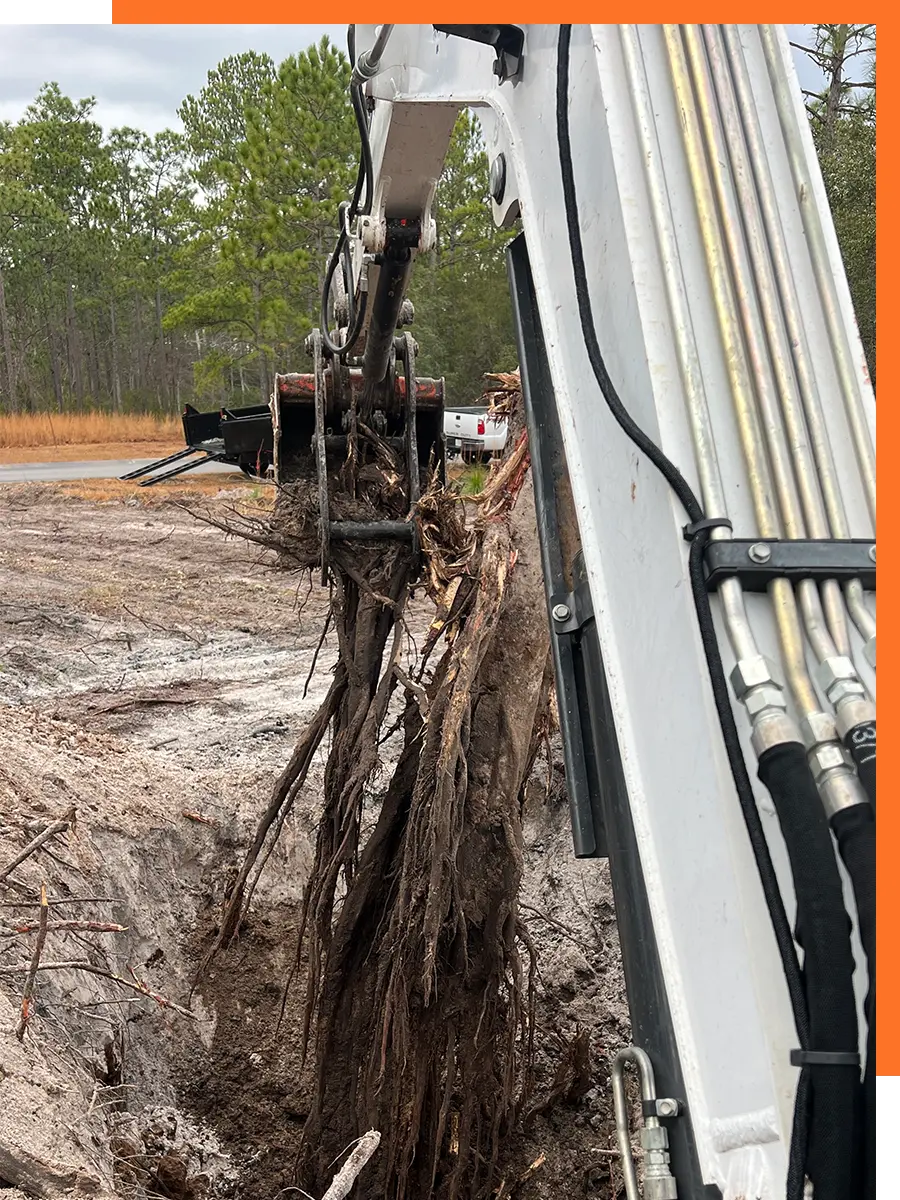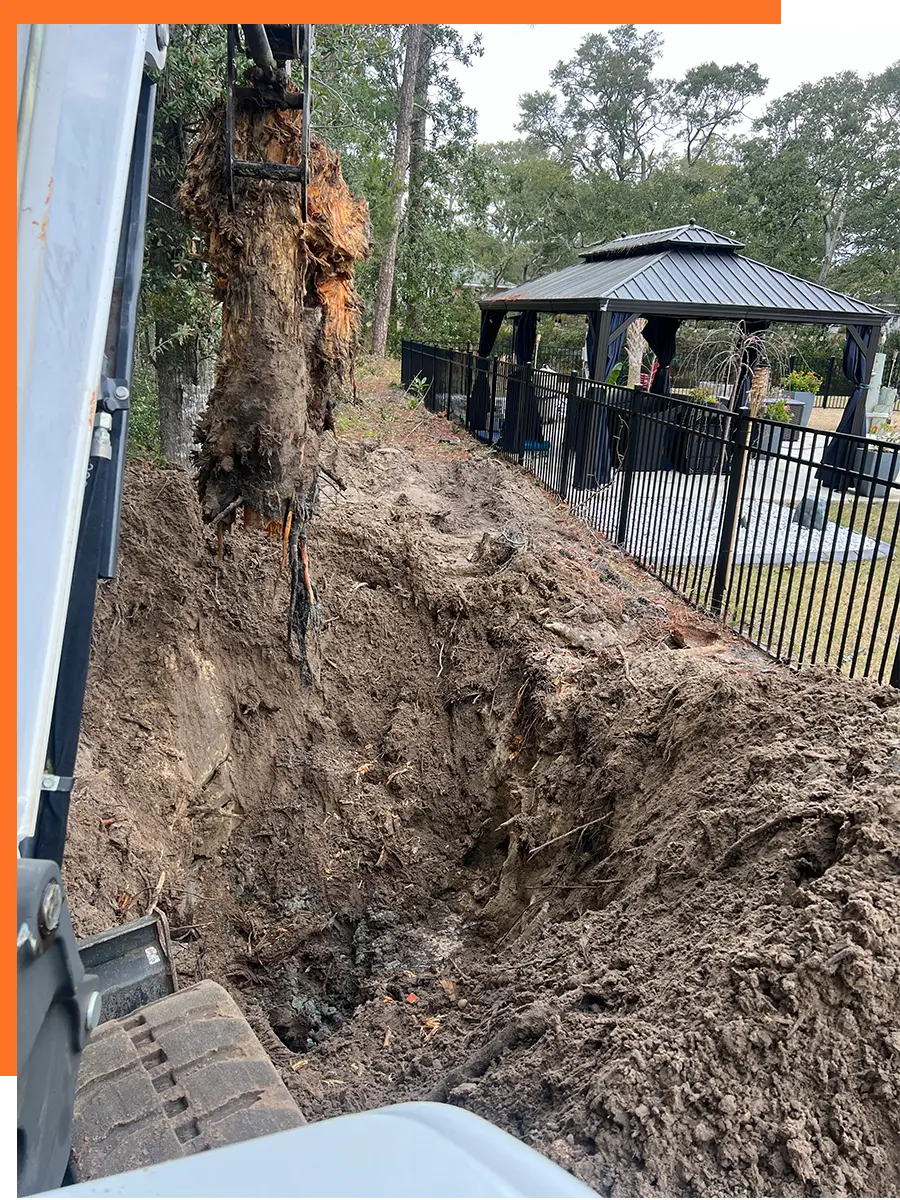Underbrush Clearing
Transform Your Terrain
Landscapes Through Management
Underbrush clearing is a crucial aspect of land management and maintenance, involving the removal of low-lying vegetation, shrubs, and small trees from wooded areas. This process is undertaken for various reasons, including wildfire prevention, habitat restoration, aesthetics, and improving accessibility. Let’s delve into the significance of underbrush clearing, methods employed, and environmental considerations.


Importance of Underbrush Clearing
Underbrush clearing plays a vital role in land management, promoting ecological health, reducing wildfire risk, and enhancing the aesthetics and usability of landscapes. Whether it’s for wildfire prevention.
- Care must be taken to minimize disturbance to sensitive.
- Clearing underbrush can leave soil vulnerable to erosion
- Compliance with local regulations and permits is essential
- While underbrush clearing reduces wildfire risk in the long term
Habitat restoration, or vegetation management, employing appropriate methods and considering environmental factors are essential for achieving sustainable and effective underbrush-clearing outcomes.

